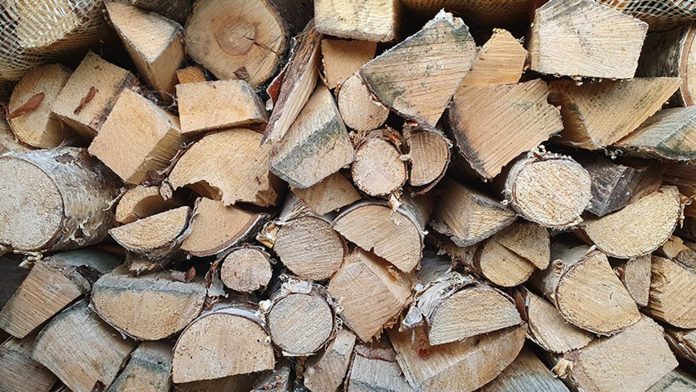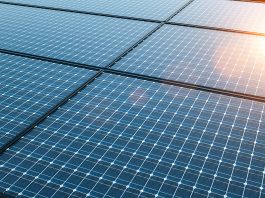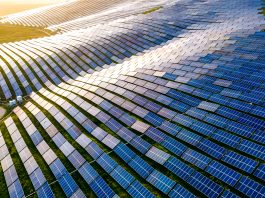A team of researchers at the KTH Royal Institute of Technology have potentially developed an innovative future energy source, developing a sustainable electricity generation method that uses only wood and water.
Energy security is one of the primary concerns facing many countries around the world, as Russia’s invasion of Ukraine and the urgent need to find clean alternatives to fossil fuels have thrown the global energy mix into turmoil. Researchers from the KTH Royal Institute of Technology are now proposing a radical method of electricity generation that may one day be able to power a whole household.
The research is published in the scientific journal Advanced Functional Materials.
Pioneering the sustainable electricity generation technique
The novel method focuses on what naturally occurs after wood is placed in water and the water subsequently evaporates. This process, known as transpiration, happens when water moves through a plant and is constantly taking place in nature, and when it does, it produces small amounts of electricity, known as bioelectricity.
The researchers explained that through bioengineering the wood and pH tuning, they would be able to harvest small but promising amounts of electricity.
Improving performance
The team successfully improved the properties of the wood in terms of surface area, density, surface charge, how easily water can pass through the material, and the water solution itself by modifying the nanoscale composition of the wood. These factors are all crucial for electricity generation.
Yuanyuan Li, an assistant professor at the Division of Biocomposites at KTH, said: “We compared the porous structure in regular wood with the material we improved with regard to surface, porosity, surface charge and water transportation. Our measurements showed electricity generation that’s ten times higher than with natural wood.”
Li explained that tuning the pH difference more between the wood and water, due to an ion concentration gradient, yields a potential of up to one volt and a power output of 1.35 microwatts per square centimetre.
Currently, the wood can deliver a high voltage for between two to three hours before it starts to reduce and has performed ten cycles with water without the material’s performance declining.
Li concluded: “The great advantage of this technology is that the wood can readily be used for other purposes once it’s depleted as an energy source, such as transparent paper, wood-based foam and different biocomposites.
“At the moment, we can run small devices such as an LED lamp or a calculator. If we wanted to power a laptop, we would need about one square meter of wood, about one centimetre thick, and about two litres of water. For a normal household, we would need far more material and water than that, so more research is needed.”









